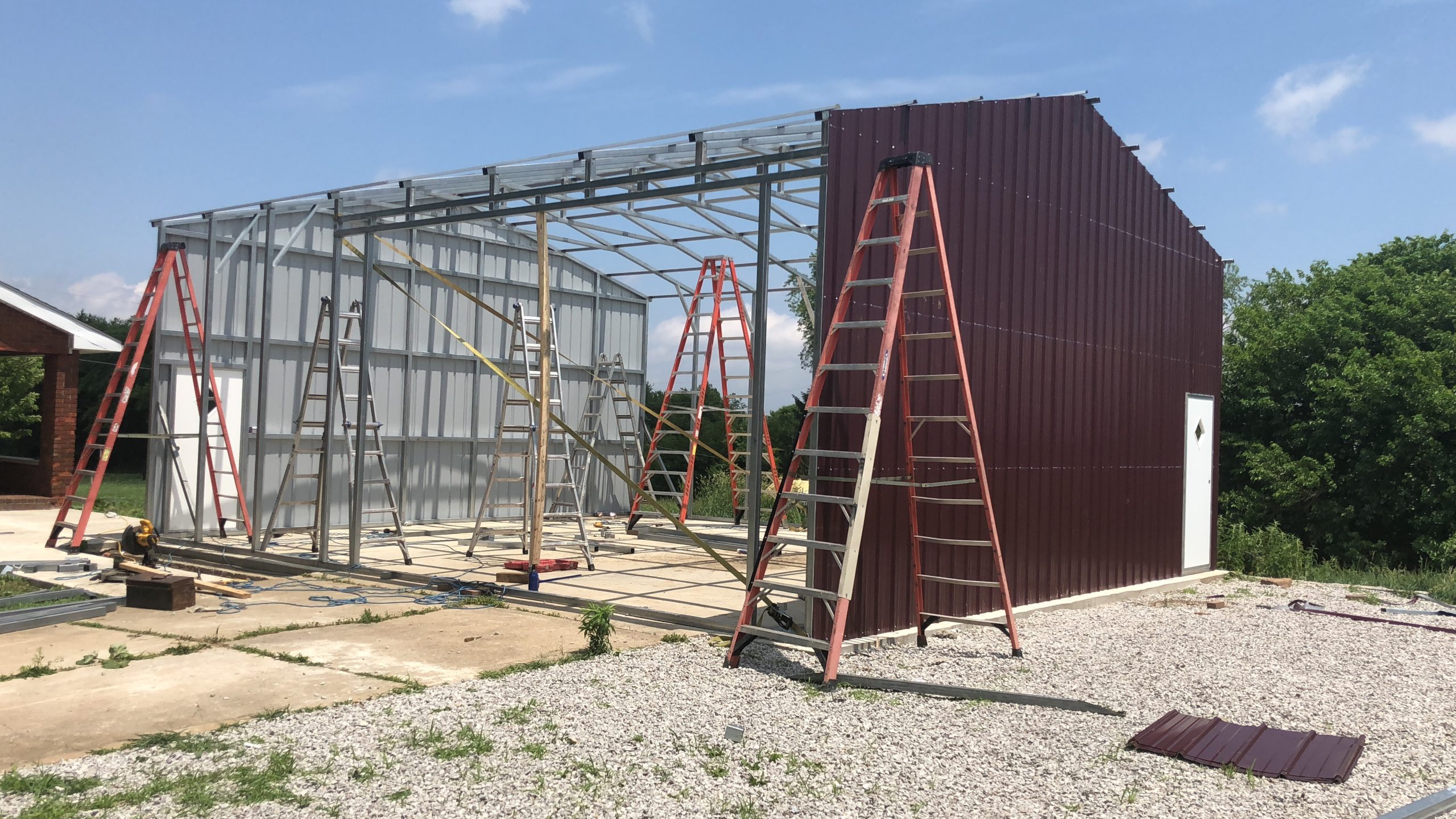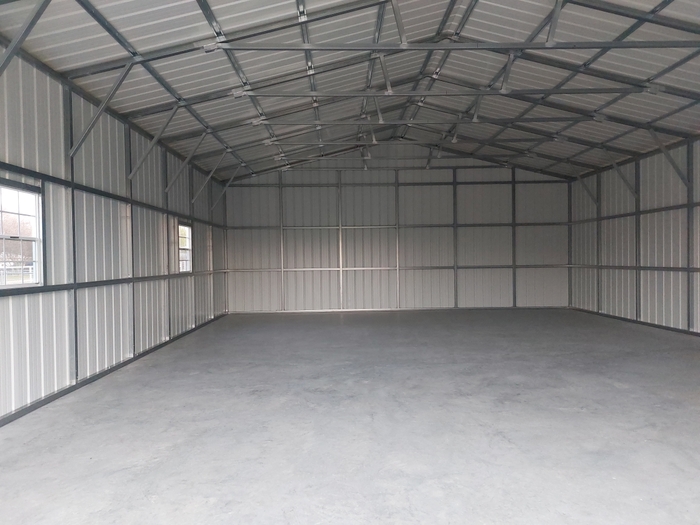Wrought iron and steel are metal alloys composed of iron and other elements. In that manner, both can be hard enough to use for any possible application. But which is harder, wrought iron or steel?
Both materials have unique characteristics that define their hardness and usefulness for particular or several purposes. In general, though, steel is considered harder than wrought iron.
The wrought iron and its harness and usefulness
Wrought iron is softer than steel, making it easier to shape during forging and less likely to crack or break when worked. It is a metal alloy composed primarily of iron with amounts of carbon, silicon, manganese, and phosphorus. It forms by heating and hammering the metal until its mixture becomes easy to shape to the desired form.
Wrought iron has a lower carbon content than steel. It typically contains less than 0.25% carbon, compared to 0.6 to 2.1% carbon in steel. Although softer than steel, wrought iron has been helpful in construction since ancient times. It is one of the strongest metals available that doesn’t quickly degrade or corrode even in harsh weather conditions. Thus, it is ideal for outdoor applications such as fences, railings, and furniture.
Additionally, wrought iron has a higher tensile strength because of its manganese, phosphorus, and sulfur. On the other hand, its low carbon content makes it not corrode easily.
Despite the many advantages of wrought iron, many prefer steel over it in modern construction. Of the two, wrought iron has low durability and a tendency to rust more easily over time.
Steel and its sturdiness and other qualities

Steel is a strong alloy composed mainly of iron and carbon. As a result, steel is an incredibly versatile, durable, and long-lasting material. It is good in different applications, ranging from construction to vehicle production. Moreover, steel is also relatively inexpensive compared to other materials, making it one of the most popular and widely-used metals globally.
Steel is also highly resistant to corrosion and can last for decades without needing to be replaced. Regarding this, steel is also more eco-friendly due to its long-lasting strength. When its initial purpose ends, it can be recycled and reused for other things. Thus, using steel reduces the amount of waste produced and makes steel production much more sustainable.
No matter which material you choose, keep in mind that both wrought iron and steel require special care during fabrication, installation, and maintenance to ensure their longevity. Properly storing, handling, and caring for these materials ensures their performance. Additionally, some applications may require additional safety measures, such as protective clothing and equipment, when working with either of these metals.
In summary, the answer to the question “Which is harder, wrought iron or steel?” will also depend on the use of the metal for a project. Steel is usually harder and more durable than wrought iron, while wrought iron offers a softer feel and an aesthetic look. The top choice between these materials will also depend on the cost and the desired strength of the finished product. Steel is usually the better choice if you need a robust and durable material for structural purposes.

